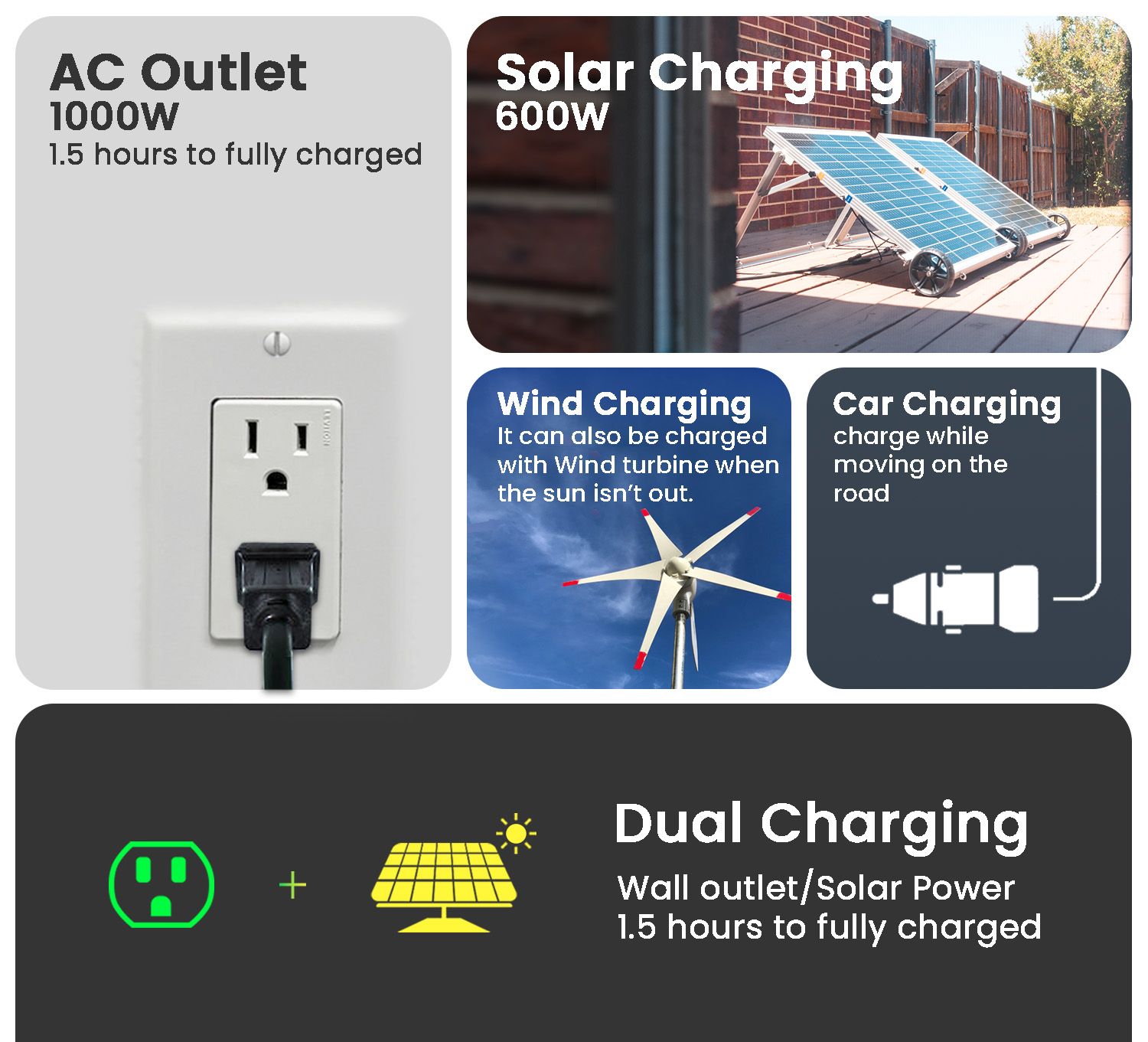The Brewing Eastern European Crisis
Tiny Moldova could severely complicate Trump’s plans for Europe.

Recent news that the previously existing five-year gas transit deal between Russia and Ukraine is now ending will have a number of important geopolitical consequences for the region in general and the ongoing war specifically. One of the most worrying is the likelihood that the already fraught relationship between Moldova and the breakaway separatist state commonly referred to as Transnistria will be further disturbed.
If the situation is not resolved in the near future, the possibility of yet another escalation in the Russo–Ukrainian war, perhaps even leading to the opening of a new front, will increase significantly. Such an outcome would not only harm the prospects for an impending ceasefire in the short-term, but could also serve to weaken the U.S. geopolitical position in general.
Transnistria (officially known as the Pridnestrovian Moldavian Republic) is situated in the easternmost territory of Moldova, bordering Ukraine to its east. It has a population of almost 400,000, and its establishment followed the dissolution of the USSR. In the face of the new independence movements and the revival of ethnic nationalism within the separate republics of the Soviet Union, the ethnic Russian majority of the region refused to accept Chisinau’s political authority. Transnistria’s leadership initially attempted to carve out a separate Soviet Socialist Republic in anticipation of Moldova’s impending break from Moscow and potential union with Romania. War eventually broke out in 1992, with Russia backing the separatists. The end result was the establishment of Pridnestrovie, and the territory has maintained a presence of Russian troops ever since.
The halt of Russian gas flowing westward to Moldova through Ukraine due to the expiration of the transit deal threatens to cause a crisis for a number of reasons. For one, Transnistria supplies the majority of all of Moldova’s electricity generation through the Russian natural gas-fueled Cuciurgan power station. Chisinau says that it will cut its energy consumption by up to a third, and will also be able to replace the majority of its lost capacity with imports from Romania and Ukraine. Nevertheless, Russia continues to target the latter’s energy infrastructure in order to undermine Kiev’s war effort, and the reliability of Ukraine as an alternative source for Moldova’s depleted capacity seems questionable.
The larger danger concerns Transnistria itself. The supply of heavily discounted Russian gas was predicated on Tiraspol’s (Transnistria’s capital) relationship with Moscow, and the separatist region is already reported to have begun suffering from cuts in production. The power station has claimed that it can switch to coal rather than gas for electricity generation, but reports suggest there are only enough coal supplies to continue this process for about 50 more days, at which point the Transnistria region will face a real crisis. This risks providing Russia with a pretext to launch some type of ostensibly humanitarian intervention in the region as a part of ongoing military operations against Ukraine.
There would be major strategic implications of such a move. Many have speculated in the past about Russia’s desire to form a land bridge to Transnistria. Such a result would put the entire northern coast of the Black Sea, including the major port city of Odessa, under Russian control.
Whether or not such a situation would actually develop remains to be seen. Conquering the entire Black Sea coast and taking the heavily fortified city of Odessa would be no easy task, demanding a significant amount of time and resources. Still, Moscow may calculate that the Ukrainian defense cannot last much longer, regardless of Western supplied arms and materiel. Even if the intention is not to actually seize additional territory along the coast, its intervention in Transnistria would significantly alter the strategic dynamic of the conflict and add yet another complicating factor in eventual peace negotiations.
Furthermore, Moldova—besides not being a NATO member state—is undergoing something of a political crisis of its own. A highly contested presidential election in November saw the country close to evenly divided between a very pro-EU incumbent and a pro-Russia opposition candidate. The former’s narrow victory came only thanks to hundreds of thousands of diaspora votes. Both sides have claimed foul play.
Moldovans are also divided about their country’s relationship with Russia. Moscow’s recent decision to halt natural gas supplies to Moldova due to outstanding debt payments to Gazprom (the Russian oil company owns 50 percent of Moldova’s primary gas company, Moldovagaz) has threatened further crisis in the country. Chisinau subsequently moved to nationalize Moldovagaz, but it is very questionable whether this move will be able to ensure a stable supply, let alone seriously affect the looming rise in energy prices. Impending public discontent may subsequently provide ripe conditions for Russia to move into Transnistria.
This possible course of events is important for the Trump administration to consider not only because of its likelihood to complicate peace negotiations in the short term, but also due to the fact that this would significantly alter the balance of power in the region. As of right now, Russian forces are grinding down Ukrainian resistance across the entire line of contact in eastern Ukraine. The Kremlin considers it to be a strategic imperative to secure its annexation of the four eastern oblasts—Lugansk, Donetsk, Zaporizhzhia, and Kherson, in addition to Crimea—due to both national security considerations and domestic political concerns.
Yet establishing a peace based on the currently existing line of contact is still feasible. There is also room for negotiation to alter administrative borders in a way that does not require Kiev simply ceding the remainder of unoccupied Russian territory in the four eastern oblasts. For instance, Kherson city lies on the other side of the Dnieper and could easily remain under Ukrainian control. The same is true of territory in Zaporizhzhia oblast, as well as the currently Russian-controlled Zaporizhzhia nuclear power plant.
Supporters of Ukraine may lament the need for such a compromise—and Trump is indeed correct that the war never should have happened, and could have almost certainly been prevented through better statesmanship and less ideological fervor—but negotiating based on the present circumstances can nonetheless allow for a stable situation to form in the region that will simultaneously balance against Russia while also ensuring Moscow that its stated security interests are ensured.
This would not be the case if Russia launches an intervention into Transnistria and effectively splits Moldova. Besides allowing Moscow to project greater force into the Black Sea region (with or without seeking to occupy more Ukrainian territory on the north coast), Russia could also be enticed by the economic prospect of additional investment in Transnistria. This could even include a pipeline directly to the region that could subsequently expand further west.
This is an important prospect as recent EU action has undermined the general energy stability of the region. The expiration of the gas transit deal and the desire of the EU to cut the Eastern and Central European countries off from cheap Russian energy is sowing discord and subsequent backlash. Slovakia’s Prime Minister Robert Fico is leading the charge by going to Moscow to meet with Putin and objecting to the Western refusal to enter negotiations. Despite the unprecedented annulment of Romania’s recent election results, the opposition challenger who initially won before the court intervened also partially based his platform on tempering his country’s support of Ukraine. These politicians are responding to growing public sentiment in favor of diplomacy.
European dependence on U.S. LNG may be immediately good for America in terms of revenue, but a degree of balance should be considered. For one, American energy dominance on the continent is likely to ensue regardless due to increased production under the Trump administration. But leaving those countries with no other choice will unnecessarily roil political temperatures. Additionally, the immediate cutoff of cheap Russian gas will have an inflationary effect due to diminished overall supply that will increase prices even in the United States. Too strict an approach also risks leading to greater dependency and even political alignment with Russia for peripheral EU and NATO states like Slovakia and Hungary in return for access to inexpensive Russian energy.
One way to mitigate this unnecessary tension could be to work out a new transit agreement as a part of eventual peace negotiations. This would have the upside of bargaining for greater transit fees and discounted oil for Ukraine, in addition to supporting the already proposed, if more gradual transition to American LNG.
Even with the four eastern oblasts in Ukraine, Russia does still not have the capabilities necessary to significantly threaten the security situation further west in Europe. But creating conditions for a stronger relationship between Russia and Europe would potentially alter the balance of power in the region against the current interests of the United States. The control of resources and increased ability for projection that would be awarded to Moscow by such a scenario provide it with a potentially dangerous amount of leverage. This is especially true given Russia’s increasing strategic cooperation with China.
Reaching a deal that simultaneously allows for Russia to feel that its long-term security will be assured while also deterring Moscow from any further move West, whether in Ukraine or elsewhere, is the best course of action for the incoming administration. The most secure outcome would be some type of de-facto non-aligned status for Ukraine; such a secure yet neutral country can then maintain good relations both with Russia, as well as Europe and the United States.
There is still hope that Ukraine can fulfill the function of a bridge between East and West. A renewal of diplomatic communication with Moscow is needed to address a host of issues related to international security, such as cooperating against dangerous non-state actors and lowering the risk of nuclear war. Due to strategic malfeasance in both Kiev and the capitals of its Western backers, a significant portion of Ukraine’s eastern oblasts may now have to be ceded to Russia. But this can still lead to an effective balance of power that will result in a viable peace and lasting stability.
Figuring out a way to restore energy shipments to Transnistria in the short term is an imperative for preempting a rapid deterioration in geopolitical circumstances that will undermine the prospects for such a peace, as well as degrading the United States’ geopolitical position. As Trump takes over the mess handed to him by the Biden administration, this is yet one more factor that must be considered as he attempts to restore some semblance of a national interest–based foreign policy.
The post The Brewing Eastern European Crisis appeared first on The American Conservative.



